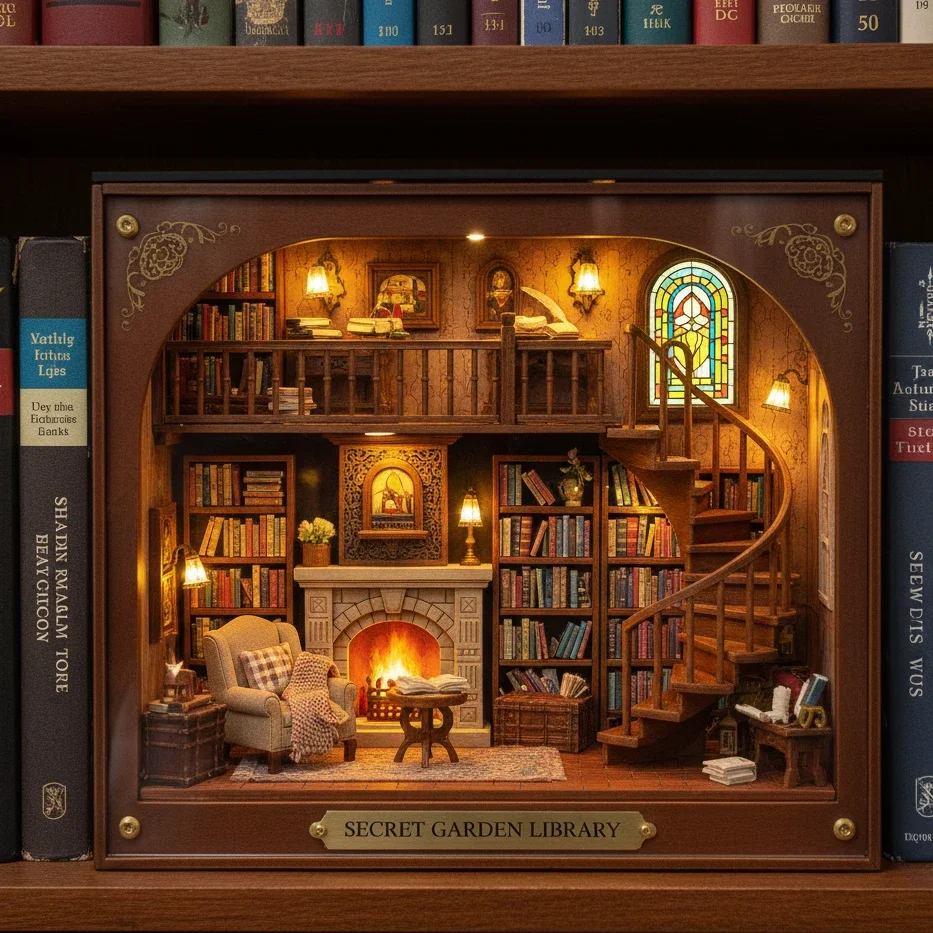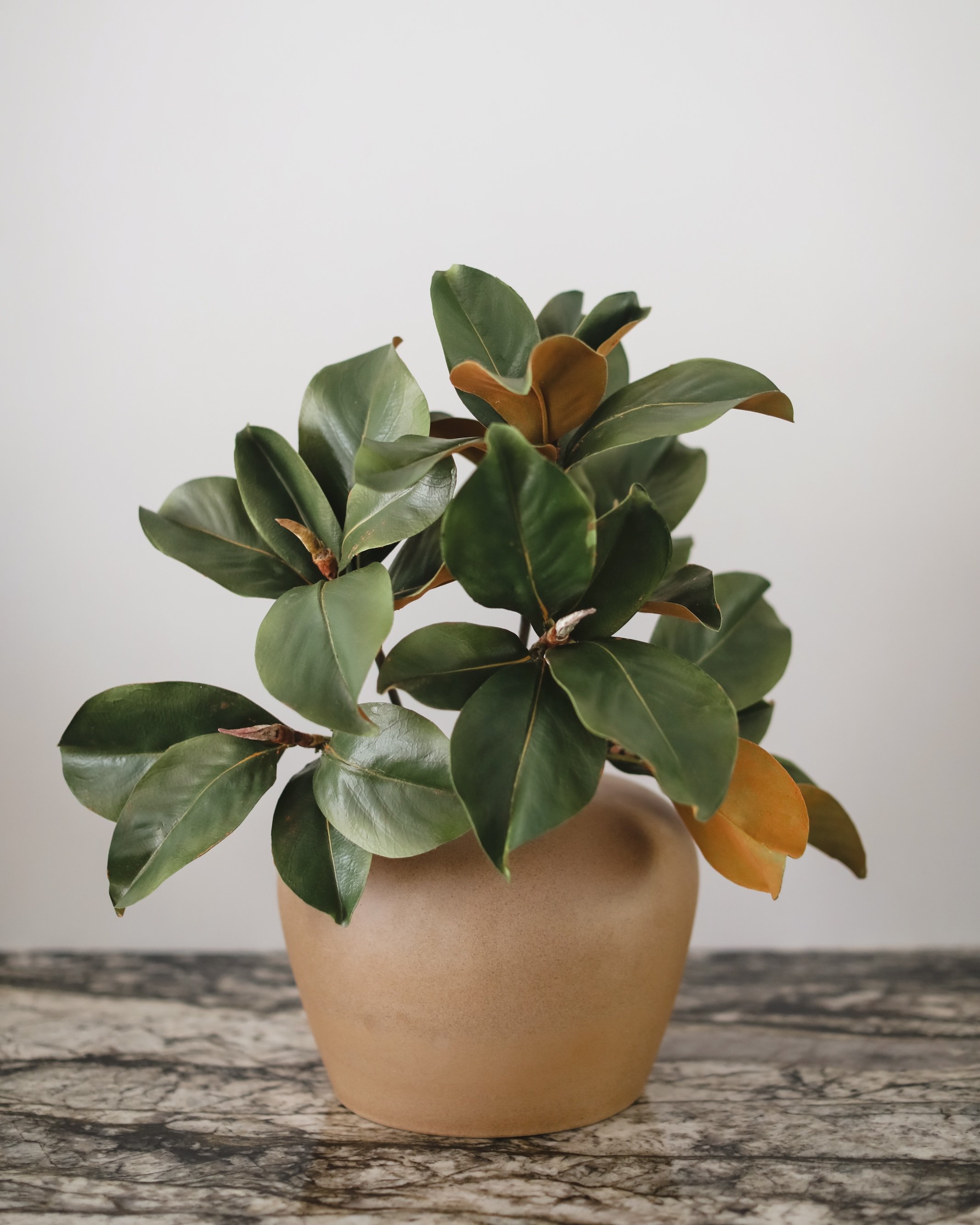How Can You Store Spare Parts and Pieces From a Book Nook Kit Safely?
Learn how to organize and safely store spare parts from your book nook kit to keep every tiny piece protected, accessible, and ready for use.
Building a book nook kit often leaves a few spare pieces behind—tiny doors, railings, or decorative parts that seem too small to matter until one goes missing. These extras can easily disappear without a proper system. Storing spare parts safely means keeping every item visible, labelled, and protected from dust or damage. A simple, organised method can save time and prevent frustration during future repairs or upgrades.
Small containers, trays, or resealable bags help keep delicate parts separate and easy to find. Clear labelling adds another layer of order, allowing builders to match each piece to its purpose later. In addition, keeping everything in one designated space prevents accidental loss and keeps the workspace tidy.
Good storage habits also protect materials from moisture or heat that could warp or fade them. With the right tools and environment, spare pieces stay in good condition for years. This practical approach keeps every miniature world ready for display or restoration whenever needed.
Best Practices for Storing Spare Book Nook Kit Parts
Keeping spare parts safe prevents damage, loss, and confusion during future repairs or upgrades. Clear labelling, proper containers, and gentle handling protect delicate details and electrical pieces, especially in handcrafted book nooks that use fine materials or fragile accessories.
Organising and Labelling Components
A clear system helps track every piece after assembly. Builders should group items by type, such as walls, doors, or decorative trims. Small trays or resealable bags work well for separating these categories.
Each container should have a label that lists the part name or number. Using sticky notes or printed tags avoids mix-ups and saves time later. For kits with many miniature pieces, colour-coded labels can make sorting even faster.
Maintaining a written checklist or digital note of stored parts adds another layer of order. The list helps confirm which items remain unused or may need replacement. This habit reduces frustration and keeps the workspace tidy for future projects.
Choosing Suitable Storage Containers
Containers protect spare parts from dust, moisture, and accidental loss. Clear plastic boxes with divided compartments allow easy visibility without constant opening. Builders can assign each section to a specific item, such as screws, resin details, or lighting wires.
Small drawers or stackable organisers also save space. They fit neatly on shelves or inside cabinets, keeping materials close at hand. For very tiny parts, pill boxes or bead organisers often work better than larger bins.
It helps to use airtight lids for items sensitive to humidity, such as wooden trims or paper decorations. Labelling each box on the outside prevents unnecessary searching. Consistent use of these containers keeps the storage area clean and structured.
Protecting Delicate Miniatures and Resin Pieces
Miniature furniture, resin figures, and painted ornaments can scratch or break easily. Wrapping each piece in soft tissue or bubble wrap gives gentle cushioning. Builders should avoid stacking heavy items on top of fragile ones.
A small box with padded dividers can hold several miniatures without contact. Lining the compartments with felt or foam keeps surfaces smooth. For painted or varnished items, acid-free paper prevents discolouration over time.
Avoid direct sunlight and high heat, as these conditions may warp resin or fade colours. Storing delicate parts in a cool, dry area helps preserve their shape and finish for later use.
Maintaining LED Lights and Electrical Accessories
LED lights and wiring need careful handling to stay functional. Coiling wires loosely instead of folding them prevents breaks at connection points. Builders should keep bulbs, switches, and battery packs in separate labelled bags.
Moisture poses a risk to electrical parts. A sealed plastic container with a small silica gel packet helps keep them dry. For long-term storage, removing batteries avoids leakage or corrosion.
Testing lights briefly before storage confirms they still work. Keeping a note of the voltage or connector type helps match replacements later. By maintaining these small habits, builders can reuse lighting parts safely in future book nook projects.
Tools and Environmental Considerations for Safe Storage
Proper storage of book nook kit parts depends on gentle handling, stable conditions, and protection from moisture or dust. Each small piece, from metal tweezers to delicate basswood panels, benefits from careful organisation and a clean, dry environment. These measures help preserve the miniature world’s detail and prevent unnecessary repairs.
Using Tweezers and Handling Tools
Tweezers allow precise control over small parts such as lamps, books, or railings. They reduce the risk of bending or scratching delicate materials. A fine-tipped pair works best for gripping narrow edges without pressure marks.
It helps to keep a soft cloth nearby to rest parts between steps. This prevents them from rolling off the surface or collecting dust. A small tray or divided box also keeps tiny items separate and easy to find later.
People should clean tweezers regularly with alcohol wipes to remove adhesive or paint residue. Clean tools prevent contamination that could affect glue joints or finishes. Proper handling habits extend the life of both tools and miniature parts.
Selecting the Right Storage Environment
A stable environment keeps spare parts in good condition. Temperature changes can cause warping or adhesive failure, so a consistent indoor space works best. Avoid areas near heaters, windows, or damp basements.
Humidity control is especially important. Moisture can cause wood to swell or metal parts to corrode. Silica gel packets help absorb excess moisture inside storage boxes.
Parts should rest in sealed containers or small drawers lined with soft material. Labels on each section make retrieval faster and reduce unnecessary handling. A tidy setup saves time and prevents damage during future assembly.
Preventing Damage to Basswood and Wooden Parts
Basswood, often used in DIY book nook kits, is light and easy to shape but also sensitive to environmental changes. Exposure to sunlight can fade its colour or dry it out. Therefore, storage away from direct light preserves its natural look.
Wood pieces should stay flat to avoid warping. Placing them on a level surface with thin paper between layers prevents sticking or scratches.
Dust can settle into fine grain and affect paint or glue adhesion. Cover stored parts with clean fabric or keep them in a closed box. These simple habits protect the miniature world’s wooden structures from long-term wear.
Conclusion
Safe storage of spare book nook parts helps maintain order and prevents loss or damage. Clear containers, small trays, or resealable bags keep each item visible and easy to locate. Labelling each section or bag adds clarity and saves time later.
Builders benefit from a tidy workspace where tools and materials stay within reach. A consistent system reduces confusion and protects delicate details from dust or scratches.
Simple habits such as grouping similar pieces, using original packaging, and storing items in a dry, stable area make future repairs or upgrades easier. These steps keep every spare part ready for use and preserve the quality of the finished book nook.







